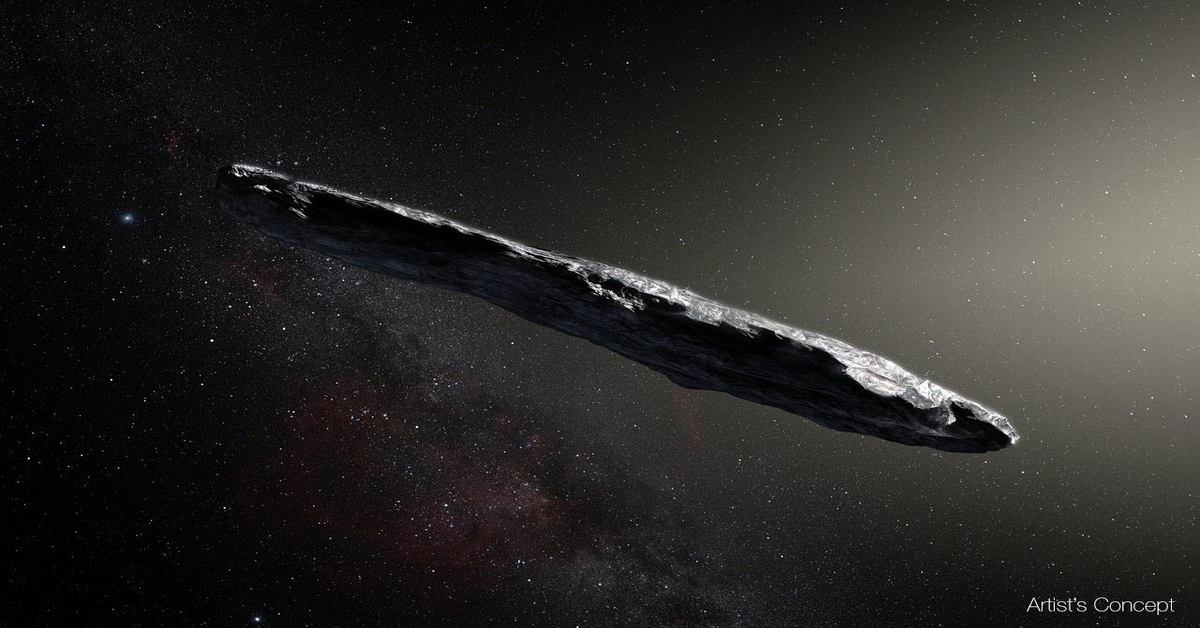Remember that strangely-shaped object that zoomed past our Solar System in 2017?
The cigar-shaped visitor, less than a kilometre long, evoked wild speculations and countless theories. While the object turned out to have highly aberrant properties that went against well-understood natural explanations (claimed to exhibit non-gravitational acceleration), most scientists suggested that it was a comet or an asteroid from a nearby star.
But not Professor Avi Loeb. A theoretical astrophysicist from Harvard University, Professor Loeb argued that ‘Oumuamua, Hawaiian for “scout,” had alien origins. Perhaps it was a light sail, probe, antenna, or even a spacecraft.
Prompted by this mysterious encounter, he announced the Galileo Project to probe and investigate physical objects that could be the making of an intelligent extraterrestrial civilisation.
Three-pronged approach.
The Galileo Project proposes using data from existing and upcoming survey telescopes, such as the Vera C. Rubin Observatory in Chile, to search and conduct in-depth research on interstellar objects similar to ‘Oumuamua. Studying ‘Oumuamua took researchers two months before it escaped the telescopic range, and Professor Loeb wants to change that. Spotting incoming objects as early as possible will enable researchers to get a head start on determining their characteristics. He also hopes to launch space missions to study any incoming objects at close quarters.
Inspired by an intelligence report released by the US authorities months ago, Professor Loeb is also keen on looking for alien artefacts closer to home. Another aim of the project is to capture high-quality images of unidentified aerial phenomena (UAP) using a network of mid-sized, high-resolution telescopes and detector arrays.
Lastly, the Galileo research team plans to seek out satellites in orbit around Earth that might originate from Extraterrestrial Technological Civilisations (ETCs). They will use artificial intelligence techniques to process data from existing telescopes, in hopes of detecting physical objects associated with ETCs, also known as technosignatures.
The search continues.
The project is based on the notion that aliens are indeed out there somewhere, and that it’s too late to brush off their existence. Perhaps it’s also sensible to question if Earth has been visited in its 4.5-billion-year history.
While other institutes, such as SETI, search for intelligent extraterrestrials through the radio or light signals that they may emit, the Galileo Project gets more physical.
Coupled with other efforts to probe for life beyond Earth, such as digging for clues on Mars, launching the next-gen space telescope, or diving into Hycean waterworlds, we’ll have to wait and see if one of humanity’s long-standing questions will finally be answered: Are we alone in the Universe?




































